
On Sunday, my partner and I headed out to the farm where he works. My brother and his girlfriend and several farm family members joined us. We gathered in the yard behind the barn, where twenty-four eight-week-old chickens were loping around. We filled a bathtub full of ice water, set up several tables for workstations, and got a pot of water warming over a propane burner.
Anyone want to guess what we were preparing for?
Did you guess slaughter?
I had never killed a animal before–even fishing, I don’t think I’ve ever been the one to kill and clean the fish. That ended Sunday. One of the farmers, who is vegetarian, aptly described the process as “empowering.”
I eat chicken pretty regularly, and I try to buy organic, free-range chickens that I can feel good about eating. But something still feels kind of weird about eating something you don’t understand. I really wasn’t sure how I would feel about being part of the processing… process. But instead of feeling queasy, I felt really good, seeing exactly the quality of life the birds had, understanding what it takes to “process” a chicken, in short: knowing how my food got to my plate. It is empowering.
That said, I know that many, many of my friends do not want to hear about animals being killed, however humanely. Probably more of them do not want to see pictures. For those of you, thanks as always for reading my blog and I hope you’ll enjoy my next post, which I guarantee will not involve any blood. And maybe you’ll also enjoy seeing the lovely dinner we had yesterday:

If you are intrigued, though, and comfortable with a little gore (not much!), the rest is after the jump (including pictures).
These chickens were raised for the family, not for sale, and they ran around the barnyard eating as much as they pleased for eight weeks. Apparently, after about eight weeks, hormones kick in and the roosters start fighting. Eight weeks sounds short, but these guys (actually, ten roosters and fourteen hens) were not small.

Here’s how the process went:
1. Pick up a chicken gently, keep it calm.
2. Place it on the chopping block–one person holds the body, the other takes the hatchet and chops the neck.
3. Let it bleed out into a bucket–it took two people to hold the bird as the adrenaline coursed through its body.
4. Dunk the chicken into hot (not boiling) water for 20 seconds to loosen the feathers.
5. Pluck the feathers–there are machines to do this, but we did it by hand. It took two people 3-4 minutes per bird.
6. Rinse, gut, clean and butcher the chicken (though we kept most of them whole for roasting, rather than butchering for parts).
7. Rinse again and plop it into the ice-water bath.
8. After all the chickens had been processed, we wrapped up each bird in freezer paper and placed them–surprise, surprise–in the freezer.
Here’s how that looked:

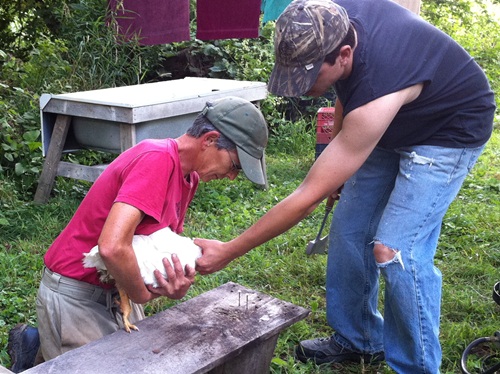
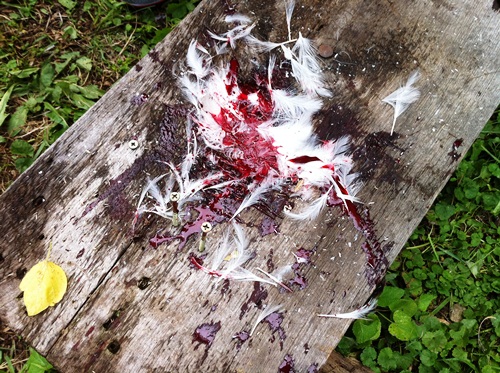
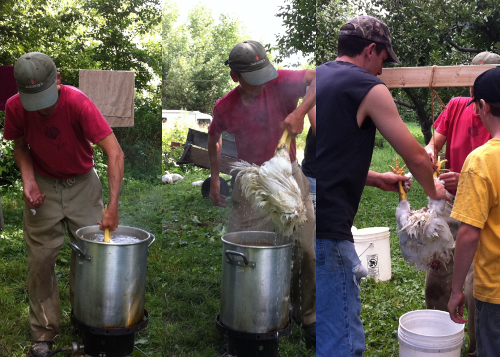
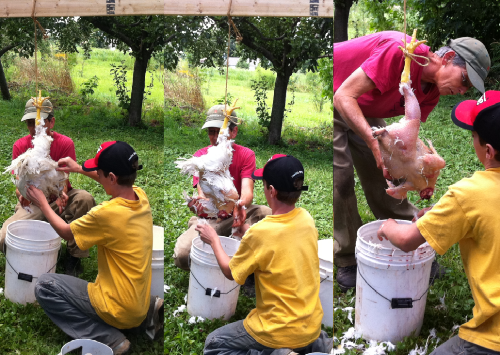



As I mentioned above, we roasted one of these chickens last night for dinner. I’m not going to say it was the best-tasting chicken I’ve ever had–but it might’ve been. We roasted up some carrots, beets and fennel to go alongside, too:


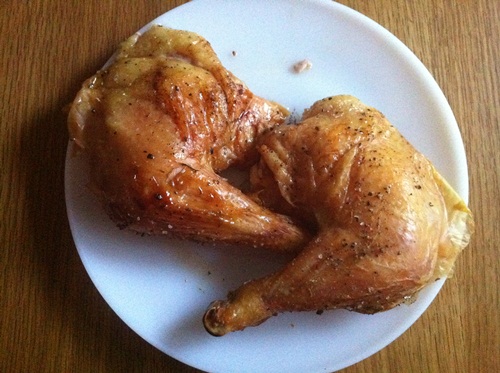
It was a fun and enlightening day, and a very tasty result. Big thanks to the farmers for letting us pitch in and learn something new!
Have you processed chickens, too? Was your experience similar?
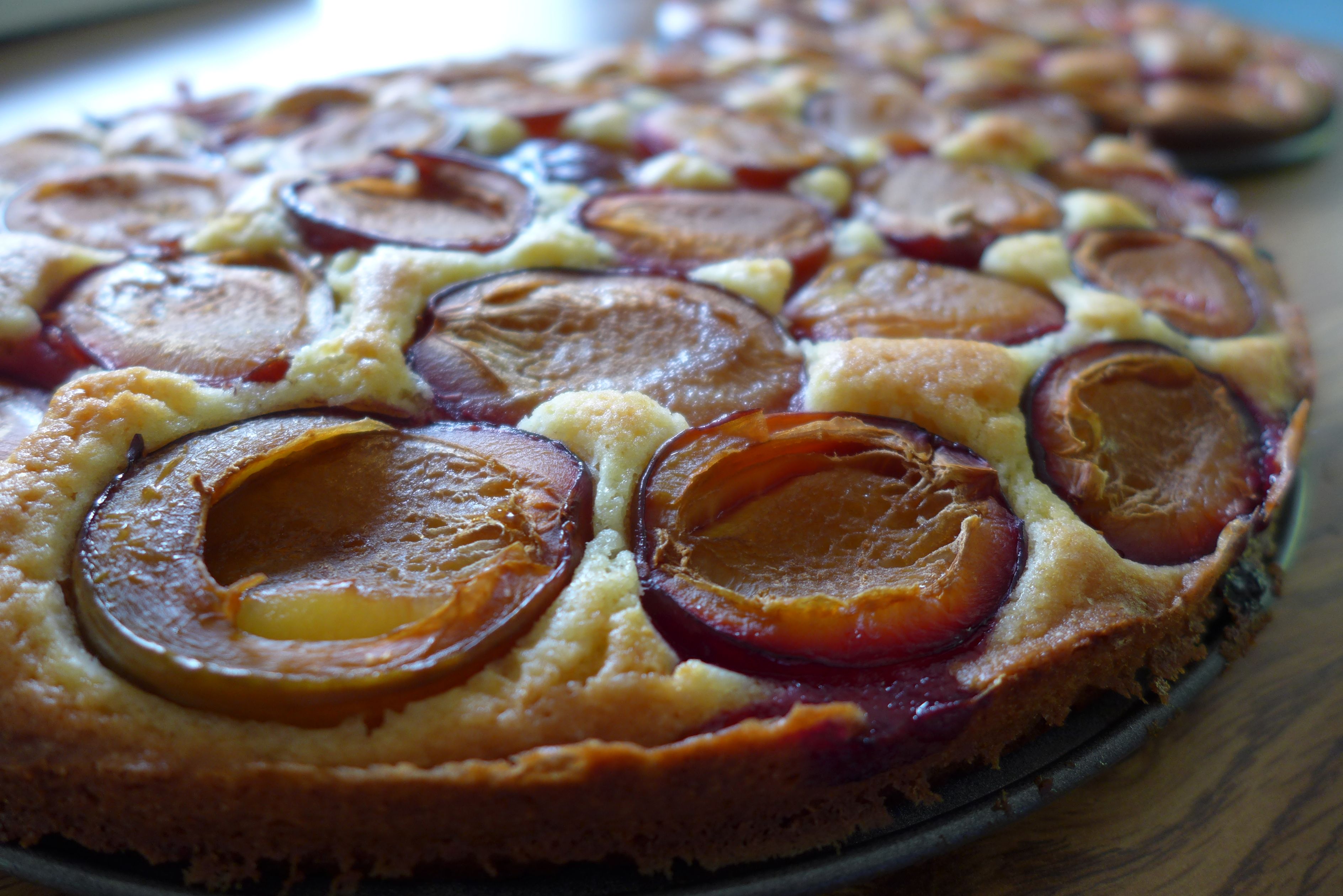

Leave a Reply